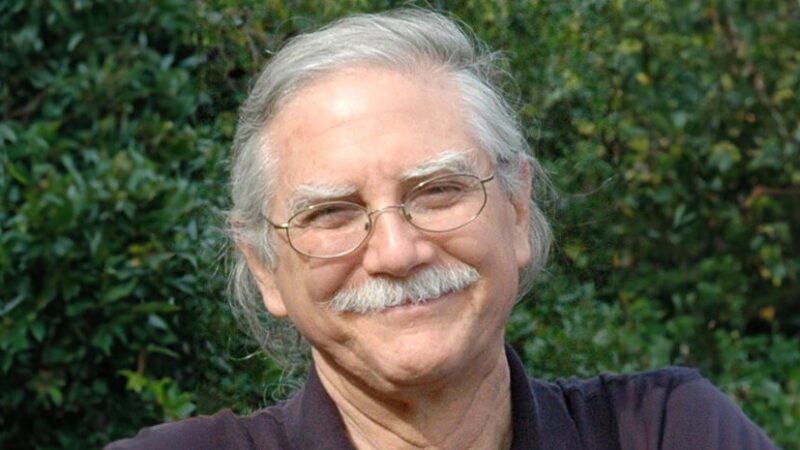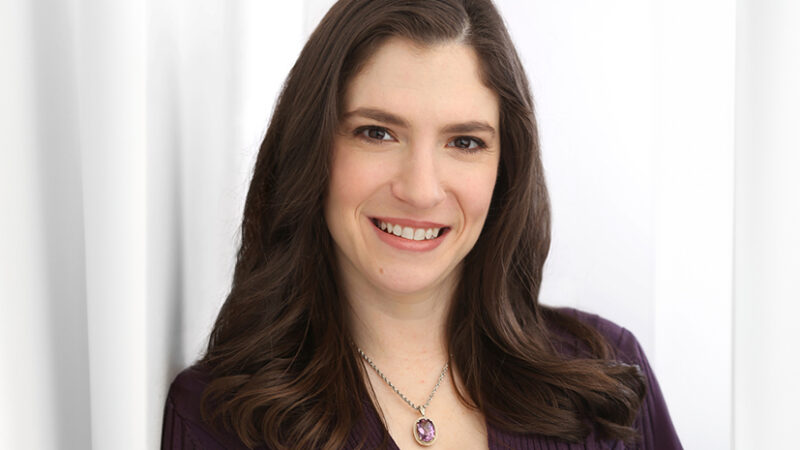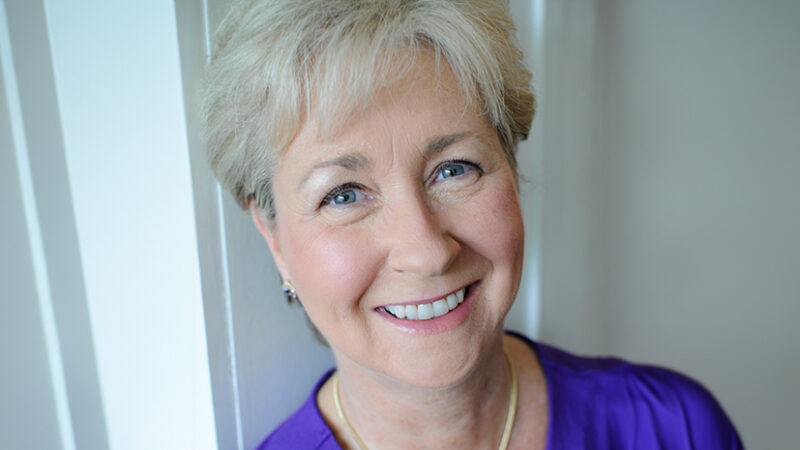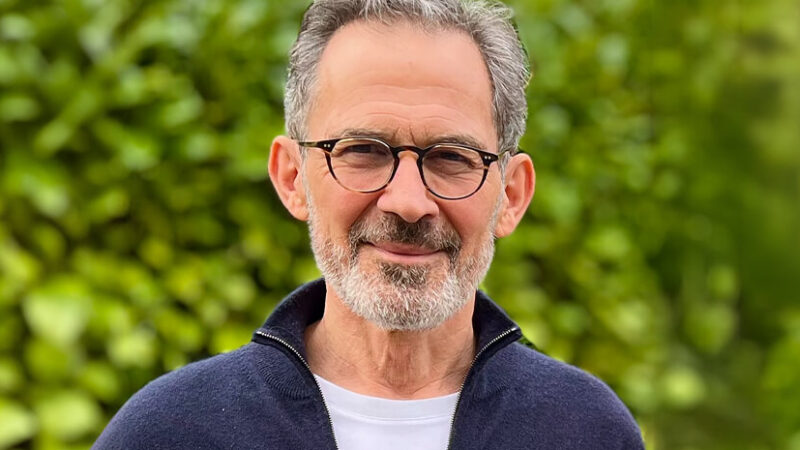Michael A. Singer: Releasing Blockages to Inner Flow
The question of how to find peace in the midst of uncertainty has been on our minds a lot lately. Listeners of this podcast have heard many of Tami Simon’s guests speak to this central challenge of our times. In this episode of Insights at the Edge, we’re thrilled to share what one of the world’s leading spiritual teachers has to say.
Here, Tami talks with bestselling author Michael A. Singer about deepening our ability to maintain inner peace while living in an unpredictable, uncontrollable world. Singer addresses audience-selected cards from his Living Untethered Card Deck, as he and Tami discuss: why we do our inner work; staying in the seat of the Self; consciousness and objects of consciousness; how our thoughts and emotions can distract us into identifying with them; when your daily life and your spiritual life are the same exact thing; the energy called Shakti; rattlesnakes and butterflies; letting go of resistance to what is uncomfortable; the ego as a set of thought patterns we protect at all cost; accepting the deferred pain that comes when we release the past; the meaning of freedom and the liberation of the soul; trauma, psychology, and physiology; Michael’s advice—practice the simple things first; allowing the energy of what we experience to pass through our hearts; a commitment to living free; compassion versus sympathy; discovering your inherent greatness; learning to relax in the face of disturbances; and more.
Note: This episode originally aired on Sounds True One, where these special episodes of Insights at the Edge are available to watch live on video and with exclusive access to Q&As with our guests. Learn more at join.soundstrue.com.






